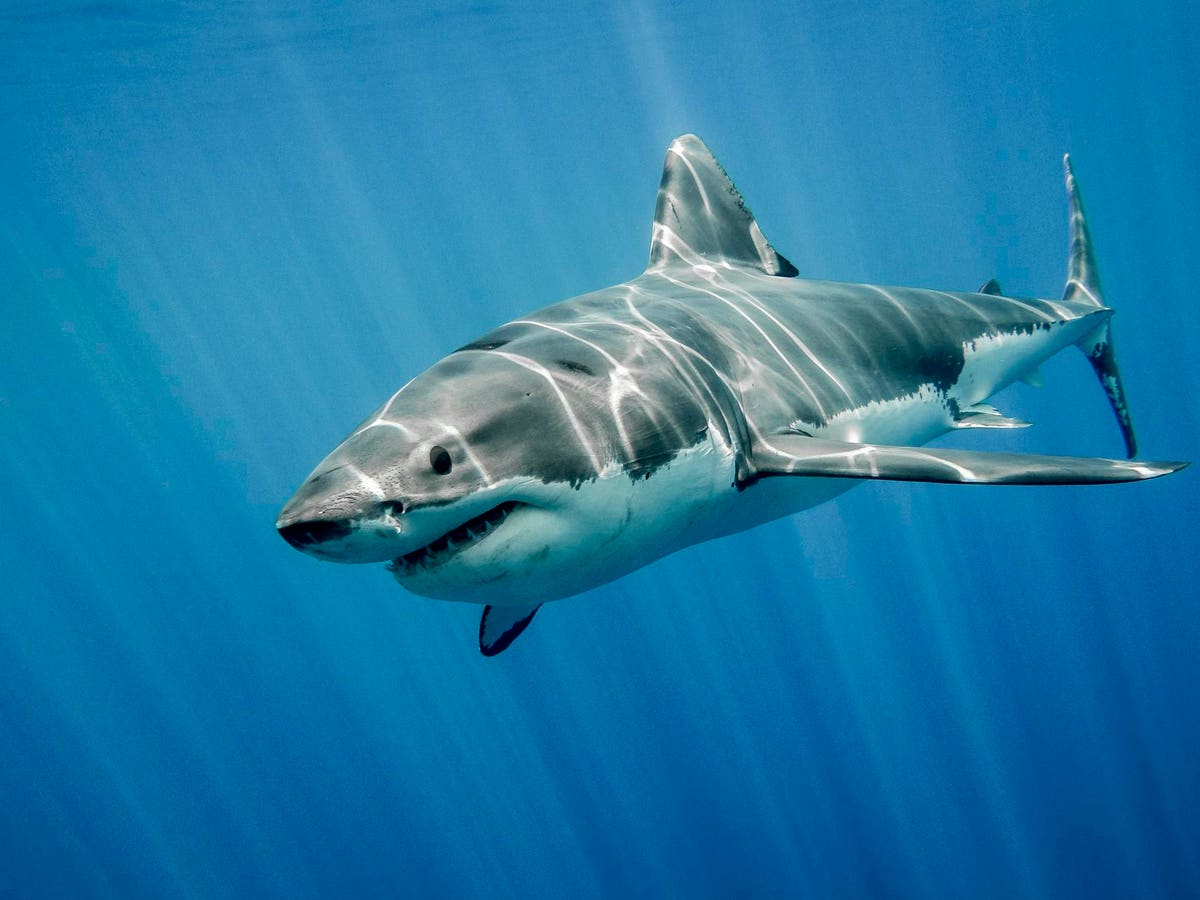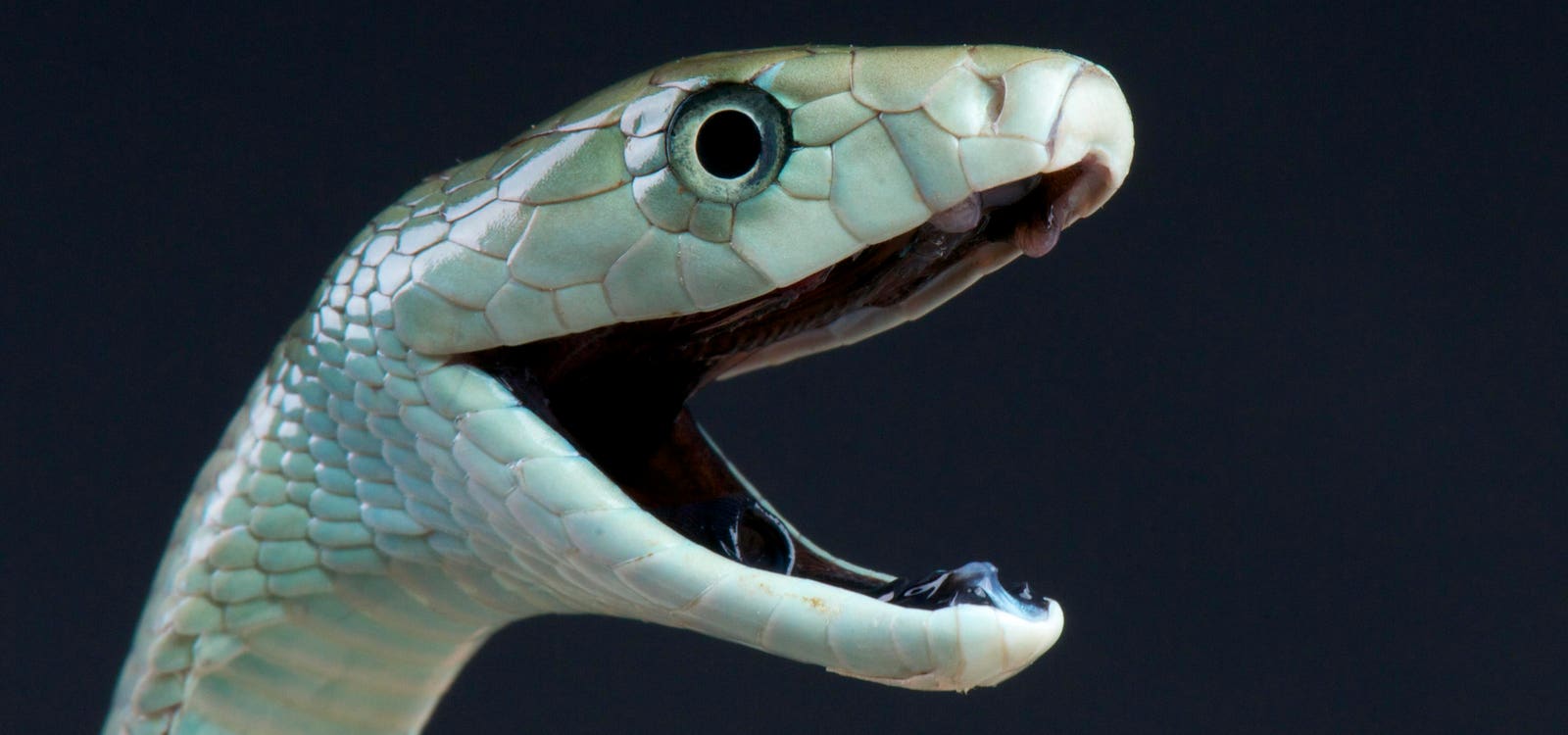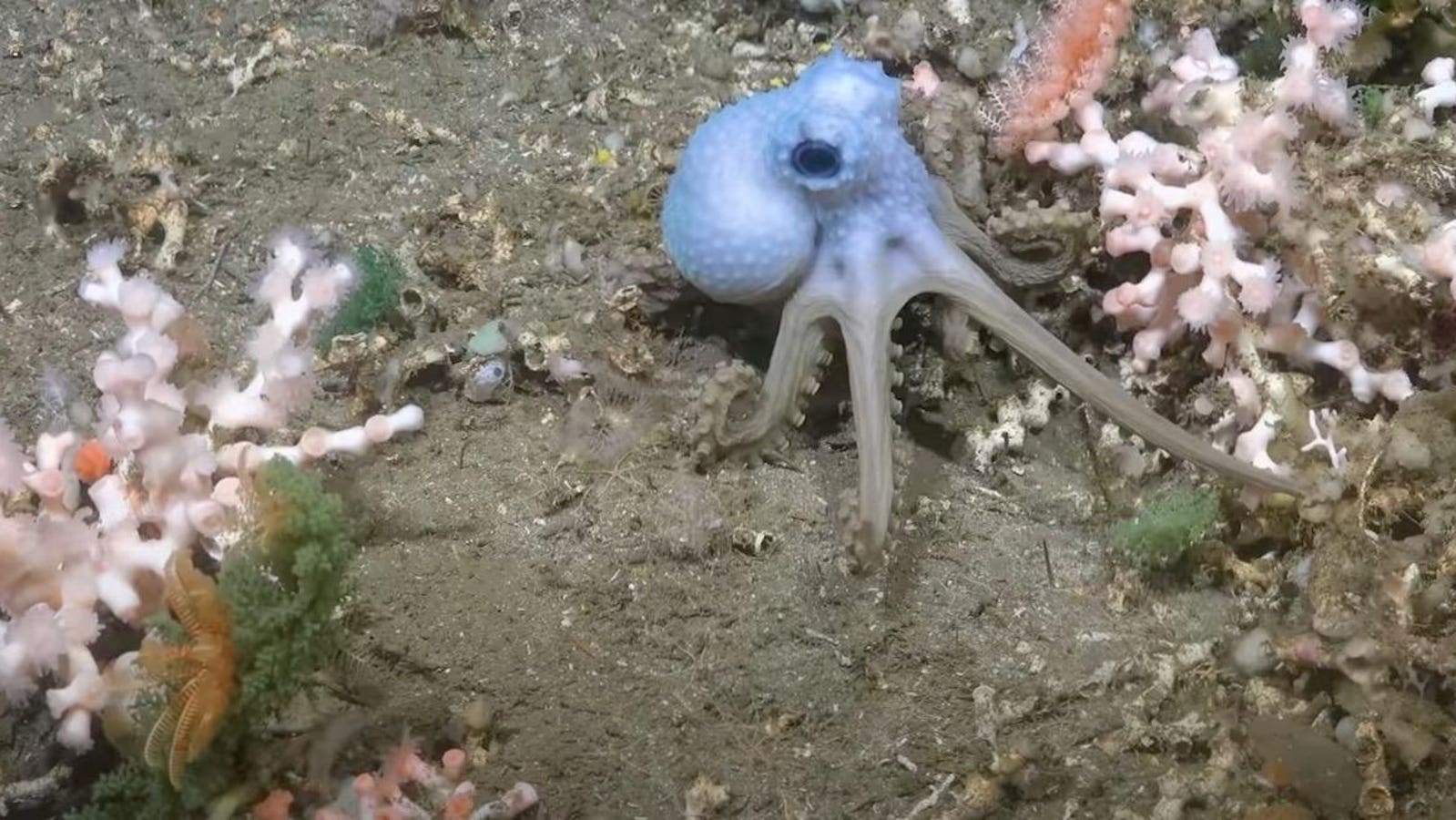The value of eDNA goes beyond white sharks. It’s proving to be a low-cost, noninvasive way to detect rare species and fill in knowledge gaps that traditional methods often can’t.
getty
Most people don’t realize that white sharks live in the Mediterranean Sea, let alone that they’re on the brink of disappearing. Unlike their famous cousins off the coasts of California or South Africa, the Mediterranean white shark is elusive… rarely seen… and poorly understood. “There’s really not much known about them, and they are crucial to the ecological balance as apex predators,” says Jeremy Jenrette, a Ph.D. candidate studying fish and wildlife conservation, in a Virginia Tech News press release. In a race against time, a team of scientists and citizen volunteers are now using a rather unexpected tool to find them: DNA drifting in seawater.
To fill in the gaps about these sharks, a team at Virginia Tech’s SeaQL Lab is teaming up with the nonprofit International SeaKeepers Society and Virginia Tech’s Genomics Sequencing Center, using a cutting-edge tool called environmental DNA, or eDNA. eDNA is genetic material animals leave behind in their environment (think saliva, skin cells, or feces) which can be collected from seawater without ever needing to see or catch the animal. Jenrette developed a simple $200 testing kit that citizen scientists, including volunteer boaters across 22 Mediterranean-bordering countries, can use to collect surface water samples. Once collected, the samples are then sent to Blacksburg, Virginia, where they are analyzed to detect the genetic traces of sharks. “This is a great opportunity to boost awareness and scientific knowledge about the conservation status of these sharks by involving international boaters,” Jenrette explained.
According to the International Union for Conservation of Nature, more than 50 percent of the region’s sharks and rays are threatened with extinction, and over a quarter are considered data deficient (meaning we simply don’t know enough to protect them properly). The White Shark Chase project, launched in 2020 and led by Assistant Professor Francesco Ferretti, is an ambitious attempt to reverse that. It combines eDNA with satellite tagging and other techniques to study and protect white sharks and other endangered species; in just the past year, the team has published research in Frontiers in Marine Science confirming white shark presence in the Mediterranean and documenting the first-ever satellite tag on a juvenile shortfin mako shark in the region. Ferretti calls the initiative unprecedented and hopes it will grow into a long-term monitoring program for the region. This would not only help preserve the genetically unique Mediterranean white sharks, but also protect other endangered sharks.
The above findings wouldn’t be possible without the help of the boating community. In 2023, the International SeaKeepers Society contributed over $3,500 in seed funding to scale up eDNA sample collection. In May 2024, SeaKeepers helped arrange an expedition aboard the TE STREEP, a large marine vessel, to collect eDNA samples in the Adriatic Sea, the northern part of the Mediterranean. “By collecting eDNA samples as they travel, boaters are able to contribute valuable data and improve our understanding of elusive white shark populations in the Mediterranean Sea — a recreational boating haven,” said Vicky Neild, UK programme manager for SeaKeepers, in the same news release. “The boating community is uniquely positioned to expand the project’s data collection capacity, empowering all to have a profound impact on marine conservation.”
On a quest to gain more knowledge about the Mediterranean white shark, the SeaQL at Virginia Tech Lab is collaborating with the nonprofit organization International SeaKeepers Society and Virginia Tech’s Genomics Sequencing Center to leverage environmental DNA, known as eDNA, in the hunt.
SeaQL at Virginia Tech Lab
During that 2024 expedition, Jenrette joined the expedition to demonstrate how the kits work and filmed a training video for other volunteers. Once collected, the samples go back to Virginia Tech’s Genomics Sequencing Center, where this whole project becomes a family affair because it’s Jeremy’s mother, Jennifer Jenrette, who helps analyze them. A next-generation sequencing specialist, she’s been involved since the project’s start, even co-authoring the paper that detailed the success of detecting white sharks with eDNA with her son in 2023. “Being listed as second author on his publication is pretty cool and rather unusual,” she said in the news release. “Not many parents get to observe their child’s higher education, growth, and maturity at this level.” Together, they have helped confirm white shark presence in the Sicilian Channel and the Adriatic Sea near Croatia.
To date, the team has processed 50 eDNA samples from the Adriatic Sea, Sicilian Channel, and Sardinia, identifying 15 shark and ray species with over 95 percent genetic match accuracy. The most common species found? Shortfin mako sharks (Isurus oxyrinchus), white sharks (Carcharodon carcharias), porbeagle sharks (Lamna nasus), blue sharks (Prionace glauca), and blackfin guitarfish (Glaucostegus cemiculus, formerly Rhinobatos cemiculus). Six out of nine samples collected by citizen scientists showed sharks and rays with more than 99 percent match, proving that the method is easy-to-use, reliable, and effective. The success of eDNA sampling has encouraged the team to expand the project to include other rare and elusive species. “By supplementing traditional techniques, eDNA fills crucial knowledge gaps, enabling more robust conservation and management decisions for vulnerable Mediterranean populations of rays and sharks,” Jenrette said. “We need to utilize more innovative technological approaches to sniff out their remaining populations because they are so elusive and scarcely observed.”
Despite the promise, the work comes with major challenges. Funding remains limited, often coming in small donations from philanthropic groups. But even with limited resources, the team has gathered important data that points to the North African coasts as the last stronghold for Mediterranean white sharks. “We are incredibly close to tagging the first Mediterranean white sharks,” Ferretti said in the University news release. “We now know where they are, we just need the means to reach them and begin monitoring before it’s too late. Thus, every donation, no matter the size, or infrastructural support, helps move us forward on this critical conservation effort.”









